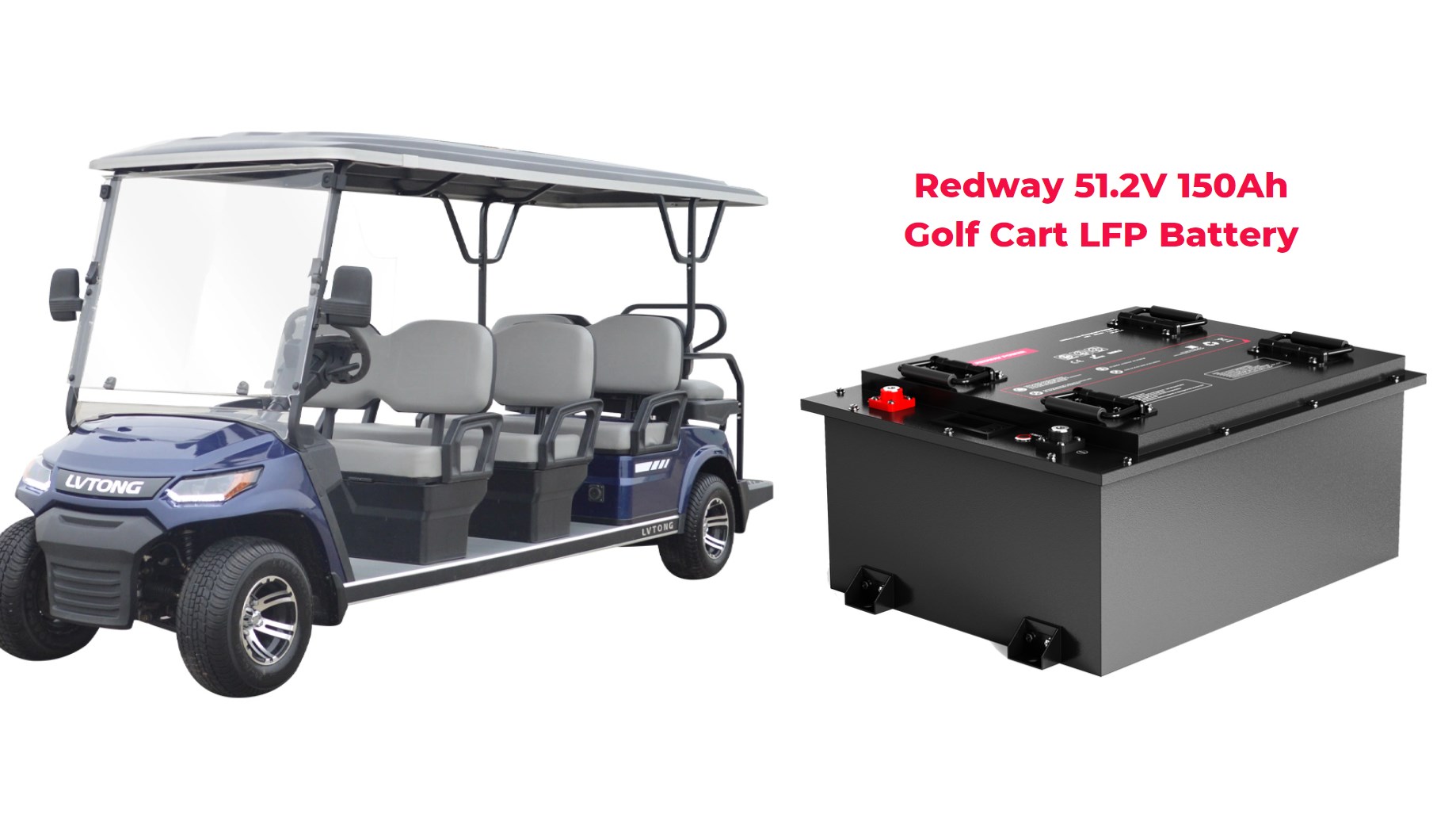LiFePO4 batteries typically last significantly longer than traditional lead-acid batteries, often providing between 2,000 to 5,000 charge cycles compared to just 300 to 1,000 for lead-acid options. This extended lifespan translates into lower replacement costs over time, making LiFePO4 a more economical choice in the long run.
What Is the Typical Lifespan of LiFePO4 Batteries?
LiFePO4 batteries typically last between 5 to 10 years or about 2,000 to 10,000 charge cycles, depending on usage and maintenance. This longevity makes them a cost-effective choice for various applications.
How Do Charging Cycles Affect Battery Life?
Charging cycles play a crucial role in determining battery lifespan. A cycle is defined as one complete discharge followed by a recharge. While lead-acid batteries can typically endure around 300 to 1,000 cycles, LiFePO4 batteries can handle between 2,000 and 5,000 cycles due to their superior design and materials.
Wholesale lithium golf cart batteries with 10-year life? Check here.
Why Do LiFePO4 Batteries Last Longer Than Lead-Acid Batteries?
LiFePO4 batteries last longer than lead-acid batteries for several reasons:
- Chemical Stability: The lithium iron phosphate chemistry provides greater thermal stability.
- Deeper Discharge Capability: They can be discharged down to 20% without damaging the battery, while lead-acid batteries should not be discharged below 50%.
- Lower Self-Discharge Rate: This means they retain their charge longer when not in use.
Know More:
Want OEM lithium forklift batteries at wholesale prices? Check here.
What Are the Benefits of LiFePO4 Batteries for Golf Carts?
How Much Longer Do LiFePO4 Batteries Last Compared to Traditional Options?
What is the Charging Speed of LiFePO4 Golf Cart Batteries?
How Do LiFePO4 Batteries Impact Golf Cart Performance?
How Do Temperature and Environmental Conditions Affect Battery Life?
Temperature significantly impacts battery performance; extreme heat can shorten the lifespan of both battery types. However, LiFePO4 batteries perform better in a wider temperature range compared to lead-acid counterparts. Keeping them in moderate conditions helps maximize their longevity.
What Are the Cost Implications of Choosing LiFePO4 Over Lead-Acid?
While the initial cost of LiFePO4 batteries is higher than that of lead-acid batteries, their longer lifespan means they are more cost-effective over time. Users can save money on replacements and maintenance costs due to fewer required interventions throughout their operational life.
How Do Usage Patterns Influence Battery Longevity?
Usage patterns greatly influence battery longevity; frequent deep discharges can reduce the lifespan of lead-acid batteries significantly. In contrast, users can safely discharge LiFePO4 batteries deeper without incurring damage, allowing for more flexibility in usage without compromising battery life.
Expert Views
“Investing in LiFePO4 technology may seem costly upfront but offers remarkable long-term savings,” explains an expert from Redway. “Their longevity and efficiency not only reduce replacement frequency but also enhance overall performance across various applications.”
Conclusion
LiFePO4 batteries clearly outlast traditional lead-acid options by providing significantly more charge cycles and requiring less maintenance over time. Their superior performance characteristics make them an attractive choice for those looking for long-term value in battery technology.
FAQ Section
- How long do LiFePO4 batteries typically last?
LiFePO4 batteries usually last between 5 to 10 years with proper maintenance. - What factors affect the lifespan of a lead-acid battery?
Factors include depth of discharge, charging habits, temperature extremes, and overall maintenance practices. - Are there any downsides to using LiFePO4 batteries?
While they have a higher initial cost, their long-term benefits often outweigh this drawback.






